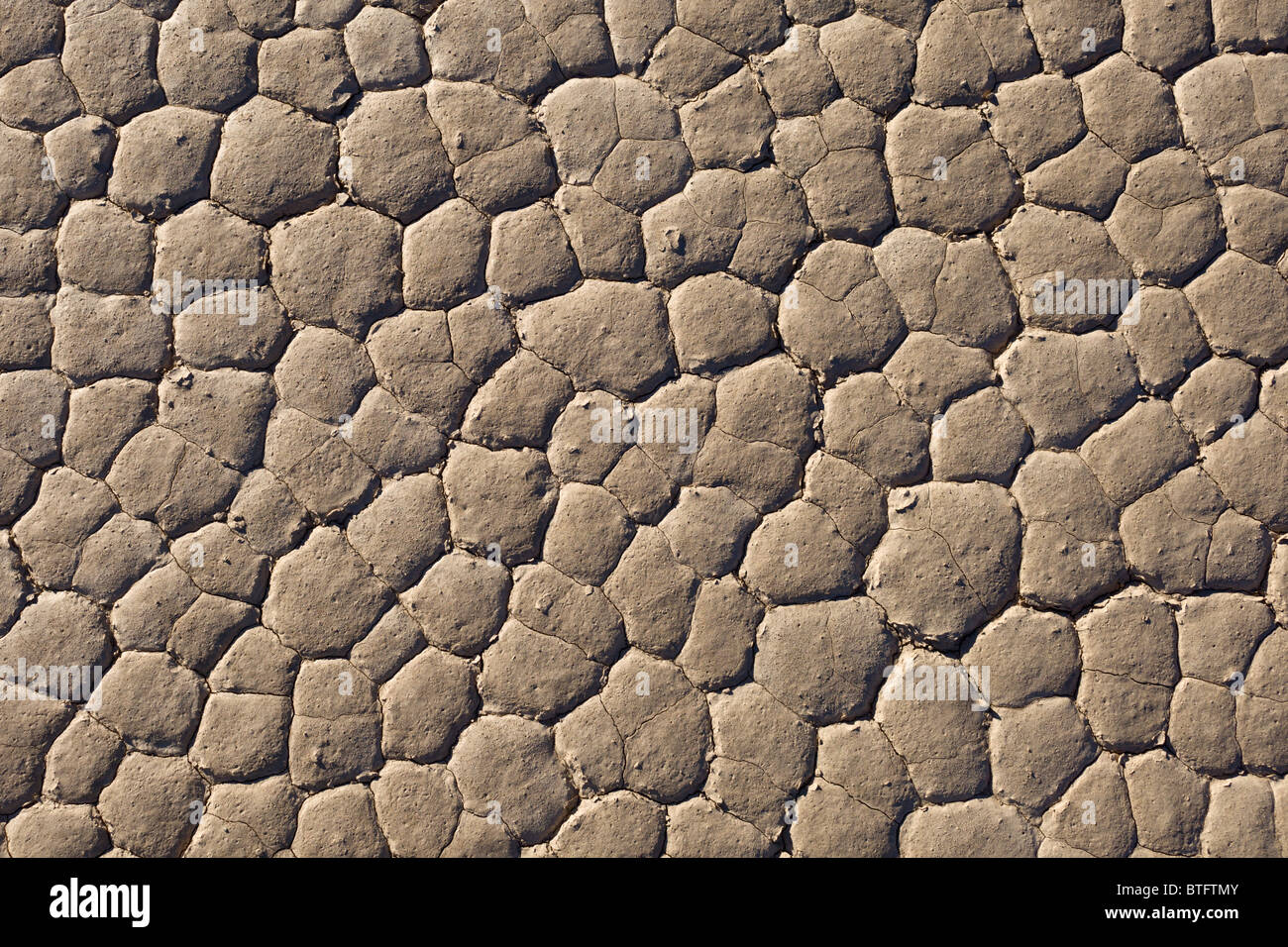
Posted on 07/17/2015 2:00:57 PM PDT by BenLurkin
A vast, craterless plain of Plutonian ice no more than 100 million years old and centered amidst Pluto’s big ‘heart’ was unveiled in spectacular new imagery taken by NASA’s resounding successful New Horizons mission, during its history making rapid transit through the Pluto-Charon binary planet system barely three days ago, on Tuesday, July 14.
The jaw dropping new imagery was publicly released today, July 17, by NASA and scientists leading the New Horizons mission during a media briefing, and has already resulted in ground breaking new scientific discoveries at the last planet in our solar system to be visited by a spacecraft from Earth.
...
“Over 50 gigabits of data were collected during the encounter and flyby periods,” New Horizons principal investigator Alan Stern of the Southwest Research Institute, Boulder, Colorado, said during the media briefing.
“So far less than 1 gigabit of data has been returned.”
It will take some 16 months for all the Pluto flyby data to be transmitted back to Earth.
(Excerpt) Read more at universetoday.com ...
It screams “active geology”. My questions include how and why there is an active hot core.

Too late...

Isn’t it the “tidal” action of orbiting together with CHaron?
I thought we were still getting data from the Voyager probes, that are almost 20 billion Km away.

So I think the conditions affect the geometry. If I had to guess, the quicker they dry out, the more irregular they will probably be. Just a hunch.
Notice also, the “hills” only seem to form inside the “troughs”, and never on top of the segments.
It looks like something is seeping up through those fissures and piling up on the surface to form the hills.
That we know of...we are getting the signal from afar but we have transmitted radio signals into space for years and have no concept of how far they my have traveled...
Having a moon that’s almost as big as you are keeps both cores hot???
I don’t know.
Still, Europa doesn’t have the ice mountain range building as does Pluto even though it does have indications of plate tectonics?
If that’s Pluto, that’s a thriving city.
Also note, no impact craters in the above image, which would indicate the area is relatively young.
Very active plate movement/collisions?
Seems the hills lift up around the “plated” regions, whereas if compressional, one should expect them across those surfaces as well. No evident subduction. Perhaps some sort of surface “stretching” in which plutonic material may fill in the gaps.
Very strange indeed.
We’re likely to have fun with this for quite a while.

What about Voyager? I believe that would bold the long distance record. They are both still sending back data.
Disclaimer: Opinions posted on Free Republic are those of the individual posters and do not necessarily represent the opinion of Free Republic or its management. All materials posted herein are protected by copyright law and the exemption for fair use of copyrighted works.